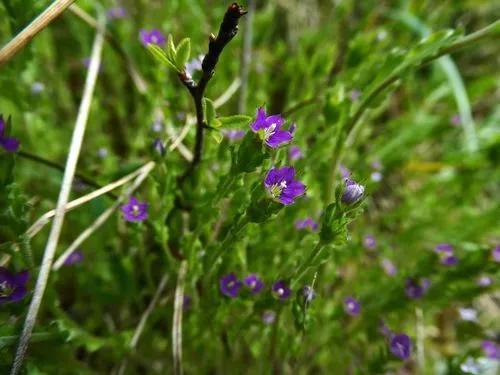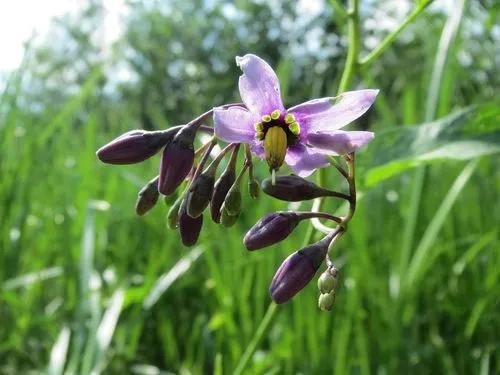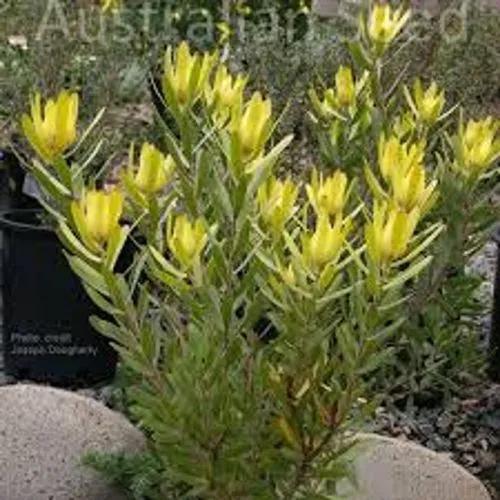The Mexican Firecracker is a succulent endangered in the wild. However, the Firecracker is a common houseplant. It has become popular due to its unusual appearance and ease of care.
Mexican Firecracker Care
Echeveria setosa



Echeveria has virtually no stem. The rosette of the plant is round. The leaves are also rounded. Short hairs cover the tips of dense leaves, which gives the plant an original look. The average Mexican Firecracker is 8 inches (20 centimeters).
How to Care for the Plant

Water

You should not water Echeveria too often, as this plant naturally lives in dry areas. You need to only water the Mexican Firecracker when the pot's soil is dry. In the cold season, you should reduce the number of waterings to once a month.

Pruning

The Mexican Firecracker needs no pruning and sheds damaged leaves on its own.

Fertilizer

The Mexican Firecracker is succulent and does well without additional fertilizer. If you think the flower needs top dressing, you can add special fertilizers in granules to the soil once a year in the spring. The granules open slowly and do not harm the flower. You should remember that fertilizers could harm Echeveria if used too often.

Sunlight

The Mexican Firecracker needs full sun and will not scorch, although keeping the plant in the shade from the hot summer sun is best. During the colder months, it is best to place Echeveria in the sunniest window so that the plant receives the required amount of sunlight.

Soil

For any plant from the genus Echeveria, drainage is important. Moreover, you need to put it not only on the bottom of the pot but also mix it with the soil. The best potting soil for the Mexican Firecracker is a ready mix for cactus and other succulents. You can make your own by mixing perlite with sand and common garden soil in equal proportions.

Propagation

Echeveria reproduces easily in a variety of ways. Growers recommend propagating Mexican Firecracker in a vegetative way because it is more difficult to propagate this plant from seed. For this purpose, you can use plant cuttings, roots, or top rosettes of the plant. You can transplant a grown plant when it has its own root system.

Temperature

This plant is used to the hot and sunny Mexican climate. The most suitable temperature for Echeveria ranges around 25-78 degrees Fahrenheit (10-25 Celsius). You should not forget this plant does not tolerate cold and high humidity.

Container

The Mexican Firecracker has small roots, so a shallow container with a drainage hole in the bottom will do well for the plant. You should better choose a container wide enough for the plant to feel comfortable.

Fun fact

Echeveria is called the rock flower or rock rose because of the bizarre rosette shape of the plant.

Popularity

3,136 people already have this plant 710 people have added this plant to their wishlists
Discover more plants with the list below
Popular articles






